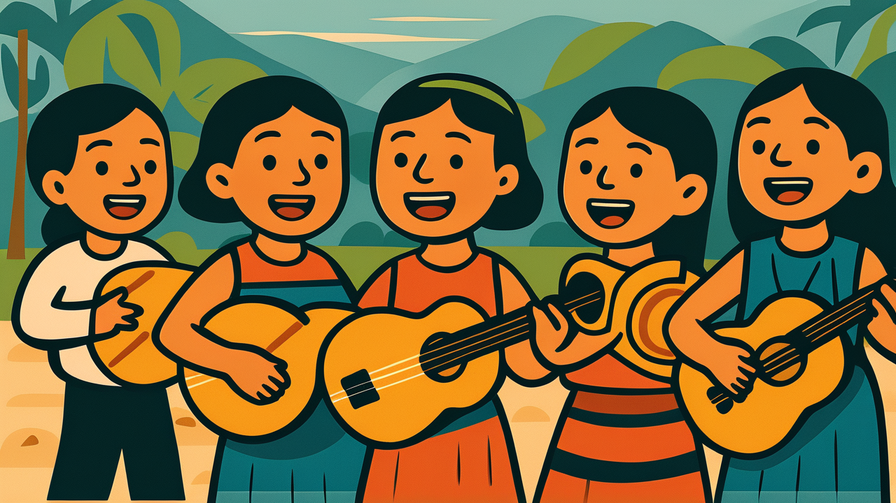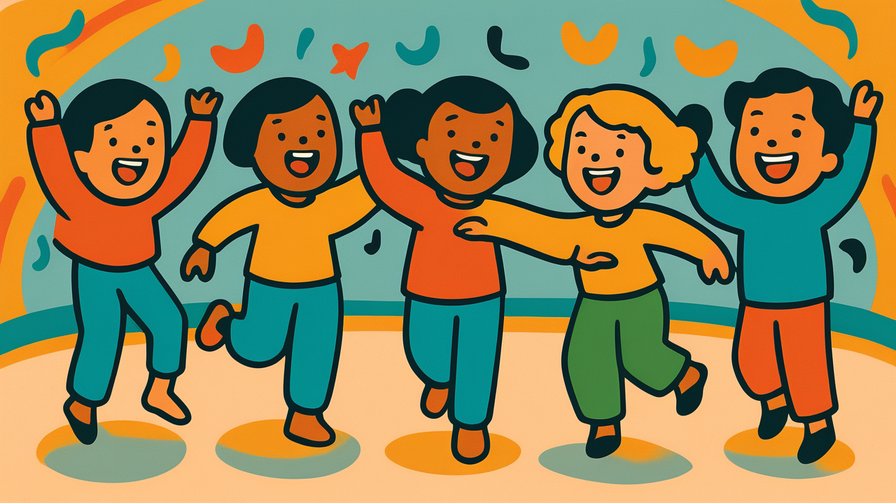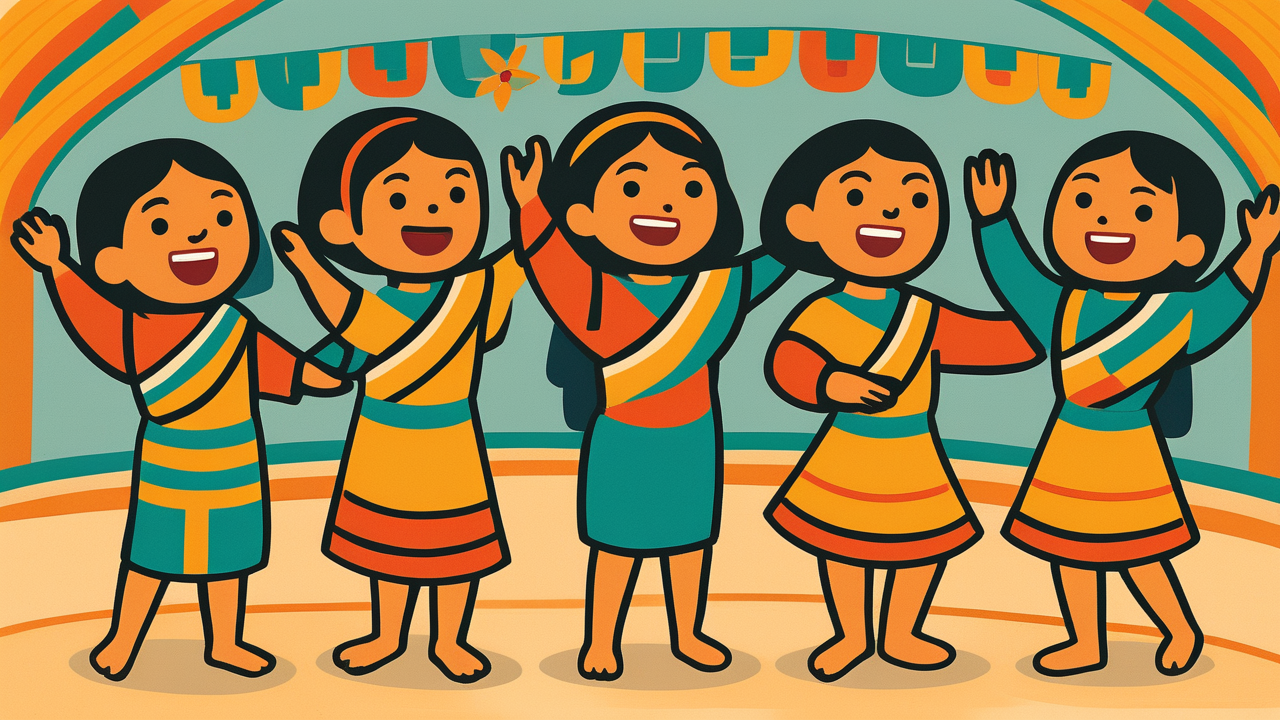[Disclaimer] This article is reconstructed based on information from external sources. Please verify the original source before referring to this content.
News Summary
The following content was published online. A translated summary is presented below. See the source for details.
The Aury Us project in Guatemala is breathing new life into the endangered Maya Uspantek language by translating popular children’s songs into this indigenous tongue. Maya Uspantek, spoken by fewer than 3,000 people in the Quiché region of Guatemala, faces extinction as younger generations increasingly speak only Spanish. The project translates familiar melodies like nursery rhymes and educational songs, making language learning fun and accessible for children. Local musicians and elders collaborate to ensure accurate translations that preserve cultural nuances while creating catchy tunes kids want to sing. Schools in Uspantek communities now use these songs in classrooms, helping children connect with their ancestral language through the universal medium of music.
Source: Global Voices
Our Commentary
Background and Context

Imagine if the language your grandparents spoke was disappearing, taking with it centuries of stories, wisdom, and culture. That’s exactly what’s happening to Maya Uspantek, one of Guatemala’s 22 Maya languages.
Guatemala is incredibly linguistically diverse—like having 22 different languages in an area smaller than Tennessee! The Maya peoples have lived there for thousands of years, developing unique languages, each containing irreplaceable knowledge about nature, medicine, astronomy, and philosophy. But colonization, discrimination, and modernization have pushed many indigenous languages to the brink of extinction.
Maya Uspantek is especially vulnerable. With fewer than 3,000 speakers concentrated in just three municipalities, children often grow up hearing Spanish at school, on TV, and online. Many parents, wanting their kids to succeed economically, prioritize Spanish over their native language.
Expert Analysis
The Aury Us project employs several clever strategies that linguists recognize as effective for language preservation:
• Musical memory: Songs stick in our brains better than regular words—think how easily you remember song lyrics versus textbook facts
• Familiar melodies: Using known tunes removes barriers, letting kids focus on new words rather than new melodies
• Peer learning: When children sing together, they create positive associations with the language
• Cultural bridge: Modern methods preserve ancient languages, showing they’re relevant today
Research shows that children who maintain their heritage language perform better academically, have stronger family bonds, and develop superior problem-solving skills. Bilingualism literally makes your brain more flexible!
Additional Data and Fact Reinforcement
The urgency of language preservation becomes clear when we look at the numbers:
• One indigenous language dies every two weeks globally
• Guatemala has already lost at least 5 Maya languages in recent centuries
• UNESCO classifies Maya Uspantek as “severely endangered”
• Only 300 children currently speak Uspantek as their first language
• Each language contains unique knowledge—Uspantek has 50+ words for different types of corn
The Aury Us project has produced over 30 songs, reaching approximately 500 children in 10 schools across the Uspantek region.
Related News
Language revitalization efforts are gaining momentum worldwide:
• Hawaiian language immersion schools brought Hawaiian back from near-extinction
• New Zealand’s Māori language apps and TV channels engage young speakers
• Native American tribes use video games to teach indigenous languages
• Ireland requires Irish language education despite English dominance
Technology offers new hope: AI translation tools, language learning apps, and social media help indigenous communities share their languages globally while connecting scattered speakers.
Summary

The Aury Us project demonstrates that ancient languages can thrive in modern times when communities get creative. By turning language preservation into something fun rather than a chore, these translated songs give Maya Uspantek a fighting chance at survival.
For students, this story highlights important lessons. Every language represents a unique way of understanding the world—when we lose a language, we lose perspectives on life that can never be recovered. Supporting linguistic diversity isn’t just about preserving the past; it’s about maintaining the incredible variety of human thought and culture for future generations.
Whether through music, technology, or simple conversation, everyone can help preserve endangered languages. Even learning a few words shows respect and helps keep these irreplaceable treasures alive.
Public Reaction
The project has sparked pride among Uspantek communities. One grandmother tearfully shared: “I never thought I’d hear my grandchildren singing the words my mother taught me. These songs bridge three generations.”
Teachers report increased engagement in Uspantek language classes. Students who previously felt embarrassed about their indigenous heritage now proudly perform songs at school assemblies. Parents are relearning their ancestral language alongside their children.
Some critics worry about “modernizing” sacred languages, but project leaders emphasize they work closely with elders to ensure cultural authenticity while making the language accessible to young learners.
Frequently Asked Questions
Q: Why save languages that few people speak?
A: Each language contains unique knowledge about medicine, nature, and human experience. Losing a language is like burning a library that can never be rebuilt. Plus, speaking multiple languages makes you smarter!
Q: Can outsiders help preserve indigenous languages?
A: Yes! Learn about endangered languages, support indigenous artists and educators, and share their stories. Even small actions like buying music in indigenous languages helps show there’s value in keeping them alive.
Q: How do you translate modern concepts into ancient languages?
A: Communities create new words by combining existing ones or borrowing terms. For example, many indigenous languages call computers “thinking machines” or phones “distant voice boxes” using their own word roots.


